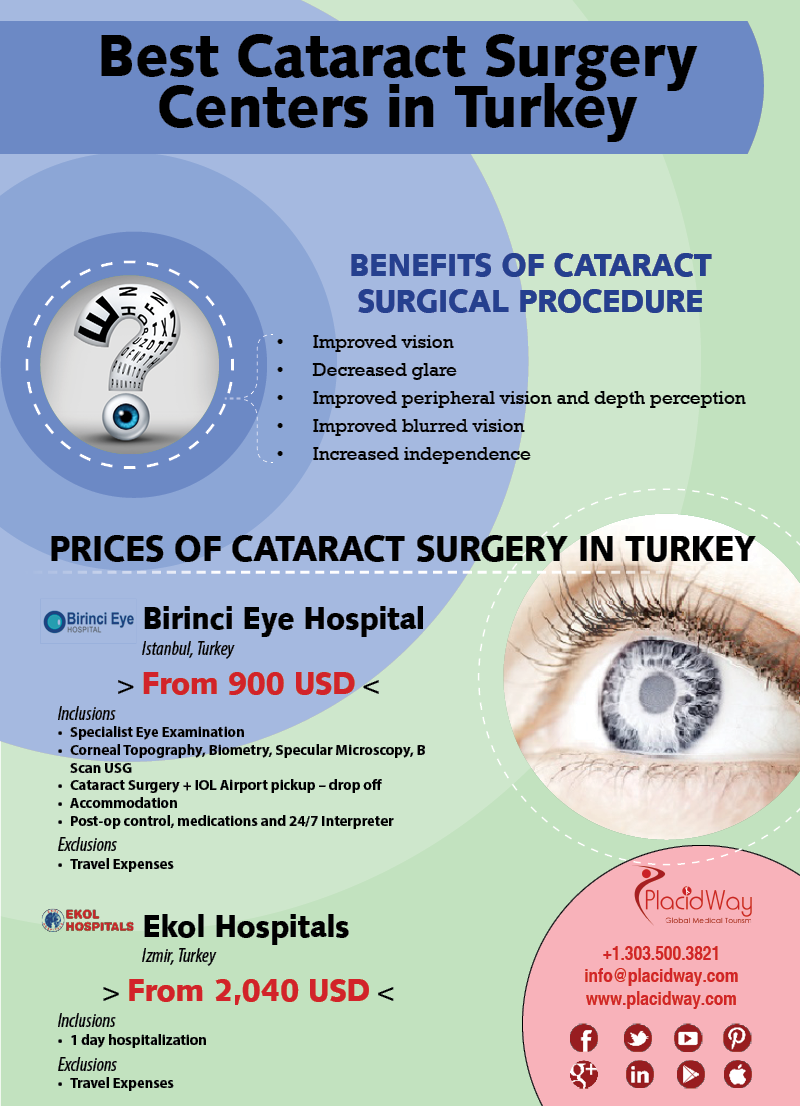This Blog Post Will Certainly Explain The Refractive Lens Exchange

Author-Nolan Stiles
Refractive Lens Exchange (RLE) is an operation to eliminate the natural lens of the eye and change it with a man-made implant. It offers clear vision for patients with refractive mistakes like nearsightedness as well as farsightedness, presbyopia, as well as cataracts.
It can help in reducing or eliminate your need for glasses as well as get in touches with. It might also reduce your danger of developing cataracts in the future since the fabricated lens does not consistently age and also transform like the all-natural lens.
1. Improved Vision
Refractive Lens Exchange is a popular alternative to laser vision modification. It is especially useful for people that are too farsighted or as well nearsighted to be a candidate for LASIK.
RLE likewise aids to get rid of the danger of cataracts later on in life. This is since the artificial lenses implanted in refractive lens exchange do not age like an all-natural lens, so cataracts are less most likely to form.
Refractive lens exchange can deal with a variety of refractive errors, consisting of presbyopia, hyperopia and myopia. It is most useful for individuals over the age of 40 that are seeking a way to decrease or totally remove their dependence on glasses and contacts.
2. Less Dependancy on Glasses
Lots of people have trouble concentrating up close without the help of glasses or contact lenses. The bright side is that modern improvements have actually given us alternatives like Refractive Lens Exchange (RLE) to lower or even remove reliance on glasses.
RLE is a treatment that replaces your eye's all-natural lens with a man-made one, called an intraocular lens or IOL. It can remedy a number of refractive errors, consisting of nearsightedness, farsightedness, astigmatism and presbyopia.
3. Less Risk of Cataracts
Refractive Lens Exchange (RLE) is a surgery that entails the removal of your eye's natural lens as well as replacing it with a clear lens implant. This can improve vision in both close as well as remote items, removing the requirement for glasses or get in touch with lenses.
This surgical procedure is usually recommended for people with high degrees of nearsightedness, hyperopia and also astigmatism that can not be fixed with laser vision adjustment treatments such as LASIK. It also works in dealing with presbyopia, age-related near vision loss.
https://www.dailystrength.org/journals/lasik-is-an-eye-surgical-treatment-that-can-enhance-vision-by-17 is a more intrusive surgical treatment than LASIK and PRK, however it is usually the best choice for people who wish to be devoid of eyeglasses as well as contact lenses. It is typically not covered by insurance, however you may have the ability to access a versatile costs account or health and wellness interest-bearing account that can aid spend for your RLE.
4. Less Discomfort
Refractive Lens Exchange is a brief, outpatient treatment that takes less than 20 mins per eye. Your eyes are numbed with anesthetic drops, as well as 1 or 2 tiny incisions are made in the cornea where instruments are made use of to eliminate your all-natural crystalline lens.
The brand-new artificial intraocular lens (IOL) is personalized for you and also is dental implanted in your eye. https://people.com/music/queens-brian-may-has-eye-surgery-a-year-after-suffering-heart-attack/ is an irreversible substitute for your all-natural crystalline lens, as well as it will not trigger the long-term visual regression of get in touch with lenses.
If https://zenwriting.net/demarcus85nidia/lasik-is-an-eye-surgery-that-can-enhance-vision-by-changing-the-shape-of-your than age 50 and also have substantial hyperopia or presbyopia, refractive lens exchange can be an efficient treatment for your vision problems. In addition, this treatment might avoid cataracts from creating and needing cataract surgical treatment in the future.
5. Much Less Recuperation Time
Refractive Lens Exchange (RLE) is a surgical procedure that eliminates your eye's natural lens and also changes it with a synthetic intraocular lens, or IOL. This is a preferred treatment for people that are not prospects for laser-based vision modification procedures such as LASIK or PRK, or those with presbyopia, an age-related problem that leads to the requirement for checking out glasses.
The healing period after RLE is minimal, and also a lot of people can return to normal tasks within a week of surgical treatment. Nevertheless, it is essential to stay clear of swimming or high-impact sporting activities till your physician claims it's risk-free.

